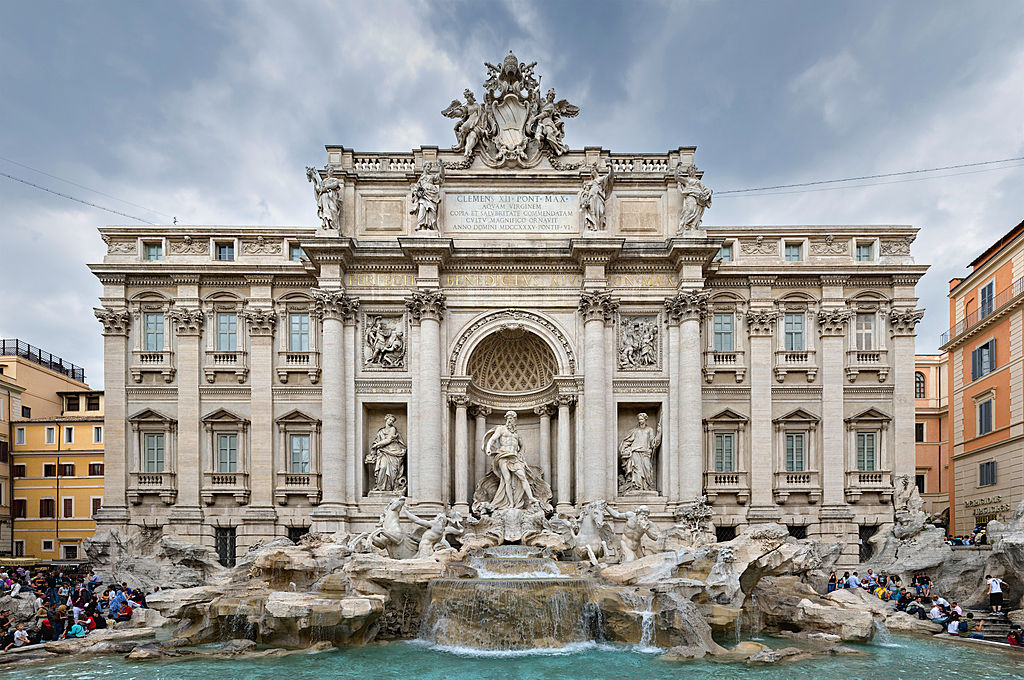Once you’ve visited the Coliseum, checked out the Vatican, and wandered around Rome’s historic city center, no doubt you’ll be hungry soon. While pasta and pizza are the usual fare for first time visitors, these appetizing treats can soon become rather mundane, so how about checking out these hidden culinary delights the locals would rather you didn’t know about?
La Zanzara
The streets around the Vatican City used to be a bit of a foodie desert, what with so many tourists in the area that every restaurant and bar caters just to them. But that’s not so anymore thanks to La Zanzara, which has opened up just a few steps away from his Holiness’s home.
Aimed at the sophisticated inhabitants of the neighborhood, Zanzara offers one of the best things to do with locals in Rome, according to WithLocals.com. The restaurant was opened by the owners of the Balthazar look-alike Baccano, across the river. The space reads more French bistro than Italian, with trattoria—tiled floors, wrought-iron bread racks, and bentwood café chairs seem imported straight from the Left Bank—but the menu travels all over the place. While there are plenty of Italian plates, from gnocchi to osso buco, Zanzara also serves tempura-fried cod, hot dogs, and Hungarian goulash—and it’s open from breakfast through cocktails and dinner. The trio of three mini hamburgers is one of the most popular mains, but I love Zanzara’s mini rosette: bite-size Roman rolls stuffed with things like truffle-flecked mortadella, Parmigiano, and other treats.
Don’t miss the Tagliolino burro e Alice del Cantabrico, a heavenly tangle of homemade pasta, butter, and anchovies.
Stazione di Posta
Housed in an old slaughterhouse – a crumbling yet magnificent example of Rome’s urban architecture – the Stazione di Posta is a restaurant and cocktail bar that’s located amid old former cattle stalls. The cobblestone floors and wide steel windows perfectly frame this former industrial space-come-culinary-delight. The kitchen, overseen by chef Marco Martini, pairs rigorously sourced local organic ingredients from a nearby farm with modern and creative cooking. A recent antipasto: cabbage, guanciale, and mushrooms tossed with a snowy mountain of shaved ricotta salata—earthy and rich, and decidedly porky.
Don’t miss the Ajo e ojo di mare, fat spaghetti tossed with a shellfish reduction and sprinkled with dehydrated mussel powder, Chef Martini’s own version of the traditional garlic and olive oil pasta. Outside seating, weather permitting.
Dall’Anto
Street food is Rome’s newest trend. While we’ve always had pizza bianca—ubiquitous here in the Eternal City—recently different regional specialty foods have been showing up. One of the hot spots is the Monti neighborhood where Antonio Menconi is introducing the oft-forgotten but much-loved street foods of the Ligurian coast. Farinata—a finely ground chickpea-flour batter carefully poured into a huge shallow pan then slipped into the fire-stoked oven—is the big seller. The massive sizzling-hot pancakes are cooked quickly, sliced into wedges, and then dusted with black pepper before being wrapped in paper, making for a perfect portable snack. At lunchtime you’ll also find testarolo, Tuscan wheat pancakes cut into lozenges, tossed with pesto, and sprinkled with aged sheep’s-milk cheese.
Don’t miss the best bruschetta in town—thick slices of artisanal bread toasted and drizzled with bright-green extra-virgin olive oil.




